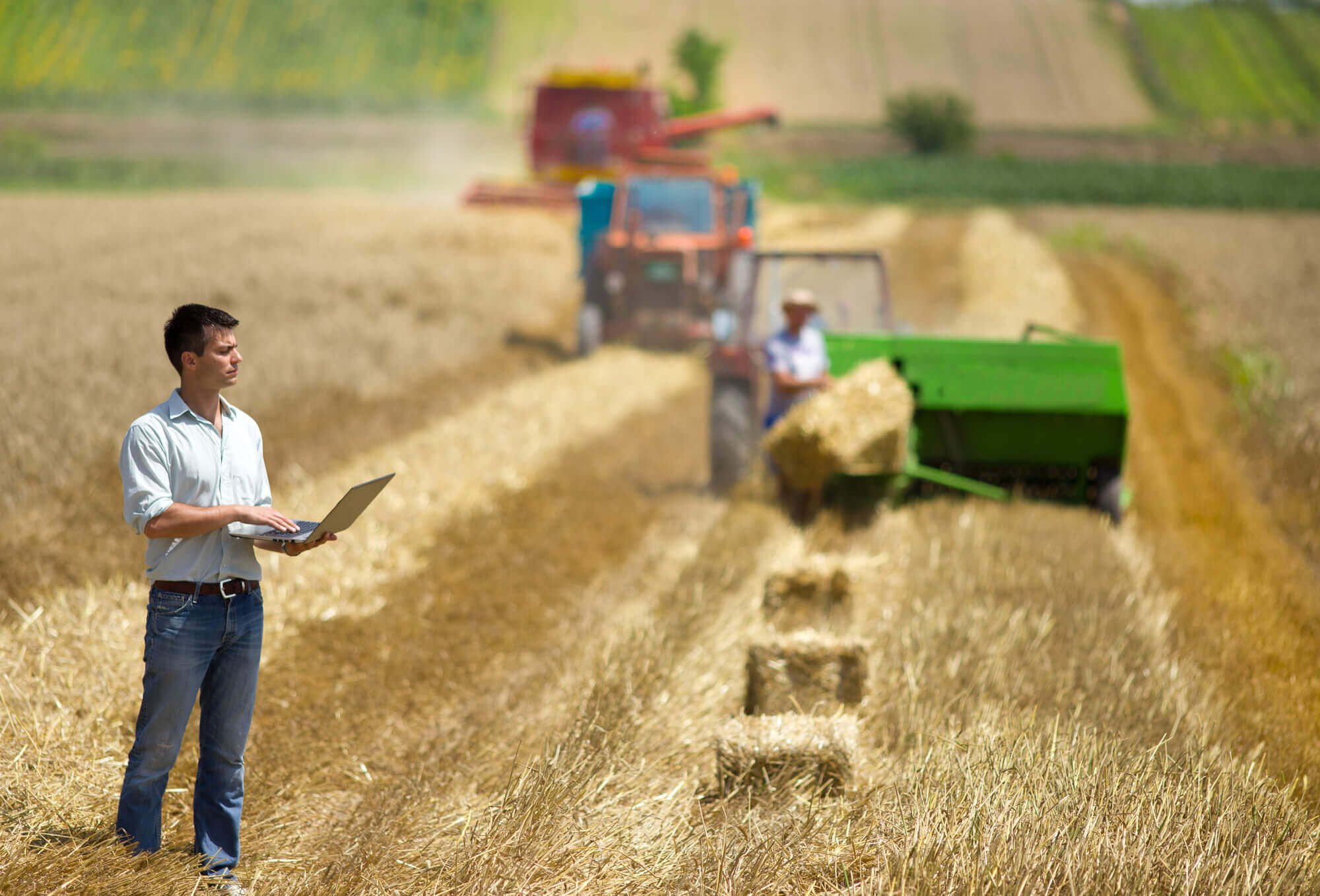Managing rural estates presents a unique set of challenges, ranging from logistical hurdles to utilizing modern technology in remote areas. This post will explore the complex nature of overseeing vast lands and the quest for independence in managing these properties efficiently.
In navigating these challenges, the goal is to achieve a level of self-sufficiency and autonomy, ensuring those at the helm can steer these estates towards sustainability and profitability. The essence of this discussion is to unravel the layers of complexity and uncover solutions that bring about independence in rural property management.
The Geographical Challenge
One of the primary hurdles in managing rural estates is their remote locations. The vast distances from urban centers can complicate logistics, from the transportation of goods to accessing essential services. This isolation makes it crucial for management to foster independence, reducing reliance on distant resources.
Developing local solutions, such as establishing on-site supply chains or utilizing local labor, can significantly mitigate these geographical challenges. Moreover, embracing cutting-edge technologies like drone mapping and remote monitoring can bridge the physical distance, enhancing management capabilities.
Efforts to overcome geographical isolation directly contribute to the autonomy of rural property management, making it a cornerstone of effective estate oversight.
Technological Integration
Implementing technology in the management of rural estates is no longer optional but a necessity. However, the challenge lies in selecting appropriate technologies that align with the specific needs of the estate while ensuring their functionality in remote settings.
From precision agriculture tools to digital platforms for managing and monitoring land use, the right technological investments can provide a significant boost to independence. These tools not only optimize operations but also enable proactive management through data-driven decision-making.
Yet, achieving this technological independence demands not only investment in tools but also in training for staff and a commitment to adapting to new methodologies.
Economic Sustainability
The financial health of rural estates is often subjected to the fluctuations of markets and the inherent risks of agriculture and land management. Building economic independence requires strategies that diversify income, reduce costs, and protect against market volatility.
Exploring alternative revenue streams, such as eco-tourism or renewable energy projects, can provide financial stability. Simultaneously, adoption of sustainable practices not only cuts costs but also appeals to the growing market of environmentally conscious consumers.
Financial independence in rural estate management is achieved through strategic planning and innovation, ensuring long-term sustainability.
Environmental Stewardship
Managing rural properties also involves stewardship of the land, protecting and enhancing its natural resources. Independence in this context means the ability to manage the estate in a way that is both ecologically sustainable and beneficial to the property’s long-term value.
Incorporating conservation practices, such as sustainable farming, reforestation, and wildlife management, ensures that the estate contributes positively to the environment. This not only aligns with ethical responsibilities but also enhances the appeal and value of the property.
Ultimately, independent environmental management is about aligning the estate’s operations with the principles of sustainability and conservation.
Community Engagement
The relationship between rural estates and their surrounding communities is pivotal. Independence in managing these properties does not mean isolation but rather fostering mutually beneficial relations. Engaging with local communities, supporting local economies, and participating in regional development can reinforce the estate’s position within its social and economic landscape.
Through collaboration, estates can build a network of support, share knowledge, and resources, and create a sense of shared purpose. This approach not only aids in overcoming operational challenges but also strengthens the estate’s social license to operate.
In conclusion, the pursuit of independence in managing rural properties is a multi-faceted challenge. Addressing geographical, technological, economic, environmental, and social factors is crucial for successful management. Embracing innovation, sustainability, and community engagement are key to achieving autonomy and ensuring the long-term prosperity of rural estates. As we navigate these challenges, the goal remains clear: to foster a level of independence that empowers rural property managers to lead their estates to a sustainable and prosperous future.


